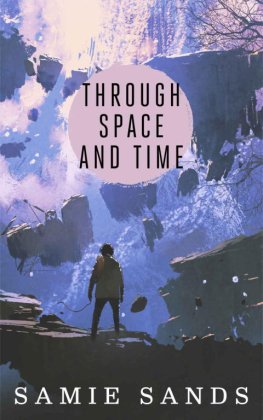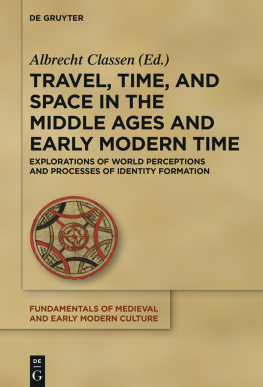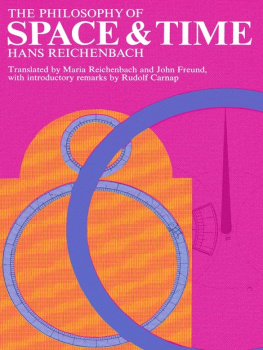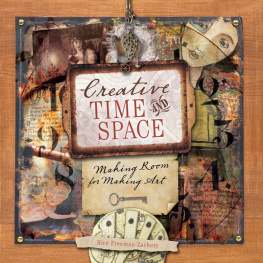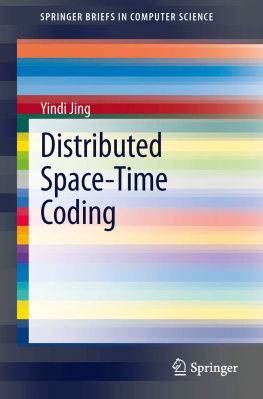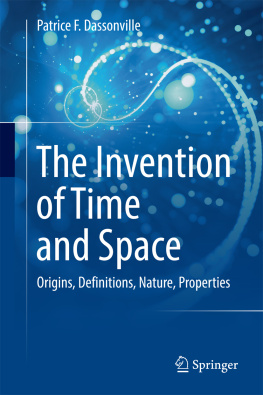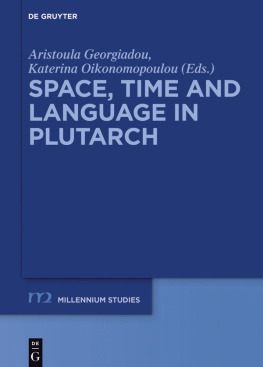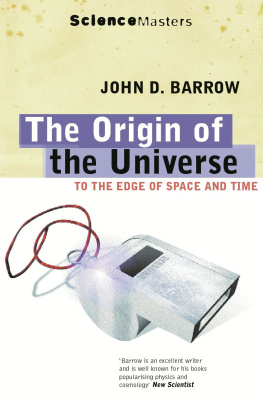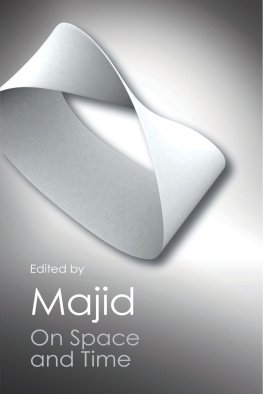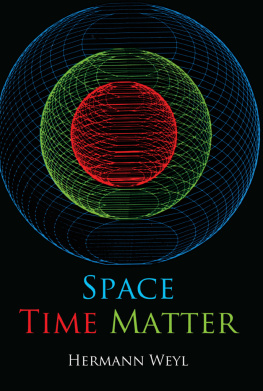1. Introduction
Abstract
Time and physical space are part of our everyday lives and cut across all fields of knowledge. Each of us puts them to use without a second thought, sure that we know them well enough; but science and philosophy are still unable to explain what they are. This means that a part of our cultural and scientific background is excluded of knowledge; moreover, our hold on these points of reference may gradually weaken. This creates something of a predicament for researchers who build or use mathematical models which include time and/or space. Some rather sparse archaeological data can be used to identify the geographical and historical origins of both time and space . Furthermore, technical analysis of these data allows us to define the two notions, identify their nature, describe their properties, and clarify the issue of their physical existence.
When one begins the study of time and physical space , the first impression is one of a certain semantic disorder, and a lack of theoretical data. For example, the aphorism time goes by assumes that time has a velocity, which would have to be expressed relative to time; but talking about the velocity of time relative to time would be circular, so the idea that time goes by is also untenable.
Time and space can be found everywhere from physical laws to medicine, architecture, painting, cookery, and oenology; but not in pure mathematics, because the concept of variation is expressed without time , and because space is an abstraction that has nothing to do with physical space.
Mathematical spaces are rigorously defined, and their corresponding properties are described with accuracy; but the use of the word space by mathematicians is potentially misleading. In contrast, physical space as such remains undefined and its properties are unknown.
Science and philosophy consider time and space to be somewhat enigmatic. While in The art of loving , the Latin poet Ovid (43 BC18 AD) asserted that with time you will conquer Penelope ([]: The Paradise XX ).
In the collective conscience, time exists; it flows continuously and at various rates depending on the situation. The thesis of its physical existence is widely upheld in debate, publications, and public opinion; the thesis of its inexistence is supported by few. Space surrounds us. We stand inside it. It goes without saying. This is just obvious; we simply need to open our eyes and look around. The existence of space is no doubt; but we rarely talk about space , because we do not know what to say about it, or how to explain it.
All these opinions share a common point: they have not been demonstrated, so they cannot be accepted as theoretical data.
In The Peloponnesian War , the Greek founder of historical science, Thucydides (c. 465c. 395), observed that men prefer preconceptions rather than the quest for truth ([]: Book II , ).
Time and physical space seem to have been abandoned by theoretical research; although they play a major role in the representation of physical realities and in the modeling of phenomena. We may thus regret the fact that there are no definitions of time and space in the draft resolutions and in the resolutions published periodically by the Conference Gnrale des Poids et Mesures since its first meeting in 1889 []. This ignorance of time and space is a difficulty whose seriousness has not been evaluated yet. Researchers who develop mathematical models or who use existing models, involving notions of time and/or space , would be better informed if they knew something about their nature and properties.
The circumstances in which temporality and spatiality arose in history will allow us to decide whether they exist physically or not (Fig. ). The search described here results from the discovery of the first references to time and space in the very broad corpus of archaeological data now available. The science of archaeology tells us what the Ancients did, and it also gives us the means to analyse how they did it.
Fig. 1.1
An unprecedented inquiry into the origins of time and space
Chapter , THE MAIN ISSUES, is an inventory of the main problems which remain to be solved.
Chapter , THE FAILURE OF DIALECTICS, is a critical analysis of the semantic disorder prevalent here, identifying what has led to the failure of classical reasoning.
In order to acquire the relevant technical means, Chap. , REALITY, CONCEPTS, AND MODELS, focuses on the distinction between reality and concept , discussing what constitutes a model , the process of model - building , and a physical law , and spelling out the difference between a mathematical property and a physical property .
Chapter , THE ORIGINS OF TIME AND SPACE , explores some ancient civilizations in the search for precursors of time and space . The aim is to identify the emergence of temporality and spatiality in human history, and thus decide whether they were discovered or invented.
Chapter , DEFINITION AND NATURE OF TIME , discusses definitions of time units and definitions of time itself, but also the phenomenology and nature of time .
Chapter , DEFINITION AND NATURE OF SPACE , defines length units , physical space , and empty space , and discusses the nature of space .
Chapter , MATHEMATICAL PROPERTIES OF TIME AND SPACE , investigates the properties of time and space in the main areas of physics.
Chapter , HISTORICAL OVERVIEW OF TIME AND SPACE , attempts to situate the origins of the precursors of temporality and spatiality , so that we may observe how they were gradually set up, until time and space finally came into being.
Chapter , CONSEQUENCES OF NON-EXISTENCE, is a study of some cultural and scientific consequences of the physical non-existence of time and space.
Bibliography
Ovidius. (43 BC18 AD). (1965). The art of loving ( L art d aimer Le club franais du livreCollection Privilge). Paris.
Augustinus, A. (354430). Born in Hippo, a former Carthaginian colony; now Annaba in Algeria. Confessions (398 AD).
Alighieri, D. (12651321). The Divine Comedy ( La Divine Comdie not dated). Paris-Bruxelles: Thill publishing.
Thucydides. (c. 465c. 395). (1964). The Peloponnesian War ( La Guerre du Ploponse , Translation from Greek into French by D. Roussel). Paris: Folio classique, Gallimard.
Herodotus. (484425). (1964). The histories ( LEnqute , Translation from Greek into French by A. Barguet). Paris: Folio classique, Gallimard.
CGPM Confrence Gnrale des Poids et Mesures (general conference on weights and measures www.bipm.org ).
Footnotes
From the Greek didactikos : teaching.
2. The Main Issues
Abstract
The lack of differentiation between practice , dialectic , and theory is problematic. The question of practice concerns the way time and space are used; it seems to have developed to the detriment of the theory. Dialectic is a rigorous form of reasoning: it is what we think. But the dialectics of time and space are bogged down by practice, and suffer interference from everyday language usage. The stringent requirements of theory are no longer respected. A theory is intended to enrich and organize knowledge: it is what we know. Nevertheless time and space are not theorized: they are not defined, their nature is unknown, their properties are not identified, and their existence is not clarified. There is every reason to think that this lack of theory may lead to a gradual accumulation of difficulties for any research involving time and/or space , mainly in the mathematical modeling of phenomena and in philosophical conceptions of the world.


